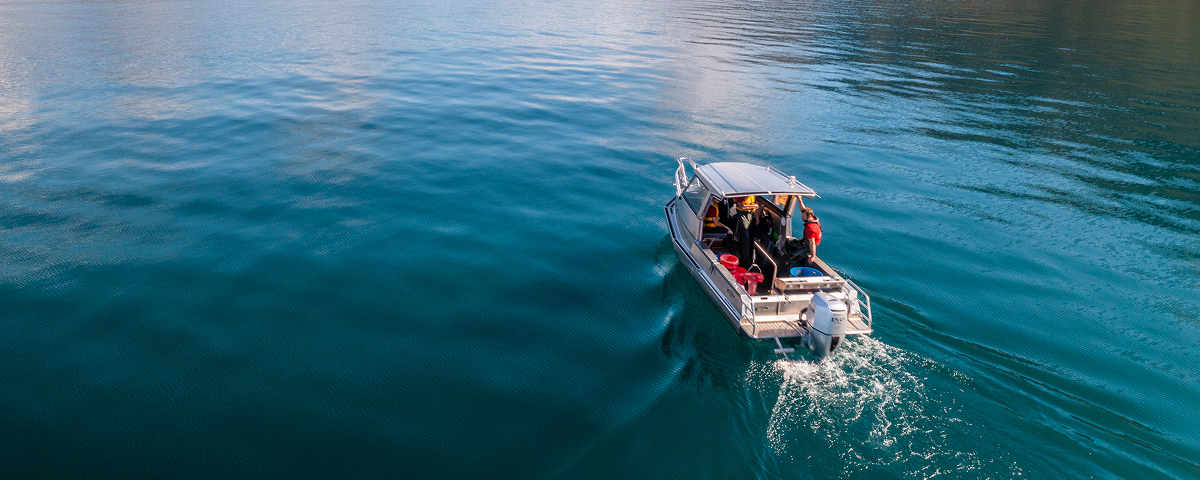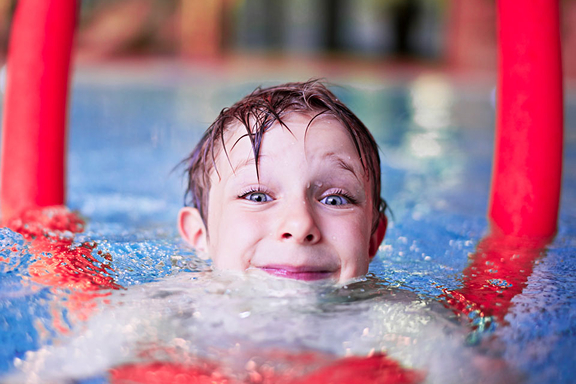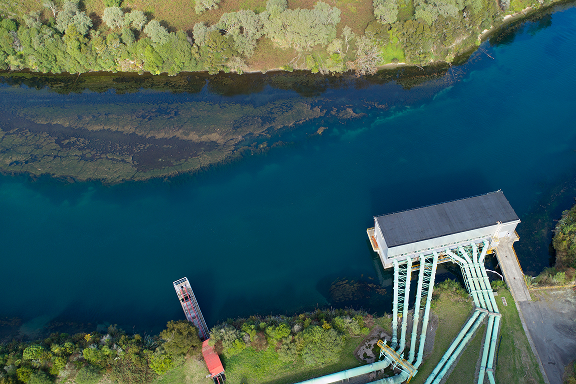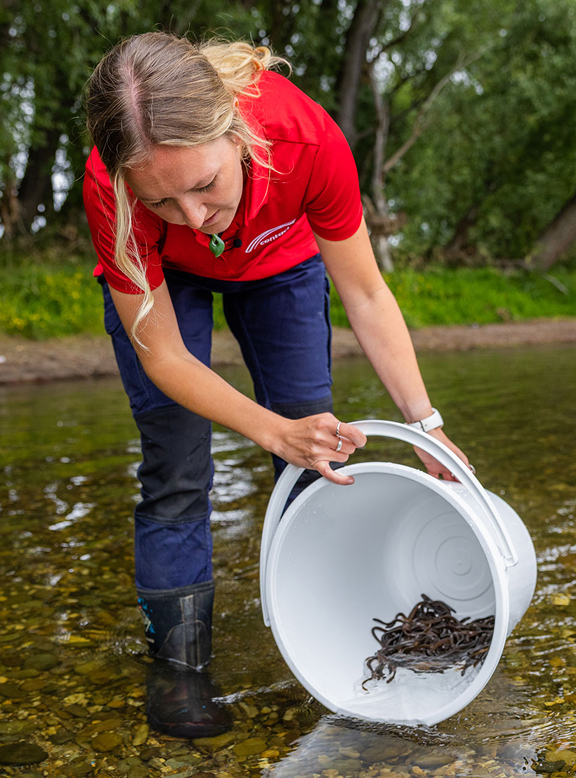Water is a precious taonga – a resource for all New Zealanders to enjoy and look after, including Contact. We rely on an ongoing supply of good quality water, and recognise we have a responsibility to minimise our impact on Aotearoa New Zealand’s freshwater ecosystems.
We strive to be part of the solution for better water quality in Aotearoa New Zealand. We’ve been working alongside our communities and stakeholders to improve our management and stewardship of water resources.

Contact is committed to caring for Aotearoa New Zealand’s waters and aquatic ecosystems, protecting this precious taonga for the health of the environment, and the use and enjoyment for future generations.
We believe water is for all New Zealanders to share. We recognise the principles of the Treaty of Waitangi and the kaitiaki relationship between tangata whenua and water.
Our continued access to water is a privilege and comes with responsibilities that define our use, management, and stewardship. We share these responsibilities with others and strive for open and collaborative relationships to ensure we all play our part in improving the quality of our waterways.
We have developed a Water Commitment, with the support of our Board and Sustainability Leadership Team, which outlines our dedication in relation to water.

At Contact, we use and have an impact on water in several ways.
For our thermal and geothermal operations, water is withdrawn from and discharged back to the Patea and Waikato Rivers respectively. Our impacts on these awa are dictated and controlled by strict set of consent conditions and subject to regular monitoring and reporting with regional councils and community.

We are committed to reduce and mitigate the impacts of our operations on the natural environment, and significantly reduce our impacts on local surface waterways.
As an example, in line with our consent requirements, at Wairakei we will stop discharging cooling water into the Waikato River no later than 2031. As we develop plans for the long-term operation of the Wairakei steamfield beyond June 2026, we will undertake a number of environmental improvements, including ceasing the discharge of separated geothermal water to the Waikato River.
We’ve worked hard over many years to understand the perspectives of iwi, hapū and our communities and we engaged with all these stakeholders through the renewed consenting process for our Wairakei A & B Geothermal stations. We are committed to continue building and maintaining these relationships for the long-term.
We’re also exploring ways to capture stormwater at our new developments to reduce our reliance on freshwater systems such as the awa and council supplies.
In the South Island, we are part of the Central Otago community through our management and guardianship of the Clyde and Roxburgh Dams. We take this role seriously to meet community expectations and our resource consent obligations. We’ve committed to the Kawarau Arm Community Project and have been running our Native Fish Management Programme for many years. Native fish species help us understand the health of a river, and we’re making efforts to draw better insights from the data we capture in the programme.
We employ qualified and experienced experts to manage our resource consent compliance at all our generation sites. They also undertake the appropriate Environmental Impacts Assessments relating to our water takes, discharges and non-consumptive use. These assessments are completed at the time of application and are reviewed annually. As part of our consents, controls (or conditions) are imposed on Contact, including ongoing monitoring and sampling, to ensure we manage our water impacts to the required limits.
As part of the consenting process, priority substances of concern, like arsenic, hydrogen sulphide and mercury, are identified and limits set for their discharge to ensure effects on the environment are no more than minor. For example, weekly limits apply to the discharge relating to hydrogen sulphide loads in the cooling water from our Wairakei Geothermal Power Station discharged to the Waikato River.
While we do not operate in areas that face water-stress, we are conscious that our communities rely on the water systems we impact for sustenance and recreation.

When it comes to water, we understand we're on a continuous journey. We're constantly reviewing the way we operate and engage with our stakeholders, making changes that will reap benefits over the long term. You can stay in the loop on our progress against these commitments here on our website and in our company reports.

For independent complaint or pricing advice, click here. UDL & Powerswitch can help.
To read our Residential Consumer Care policy on how we'll keep you safe and connected, click here.